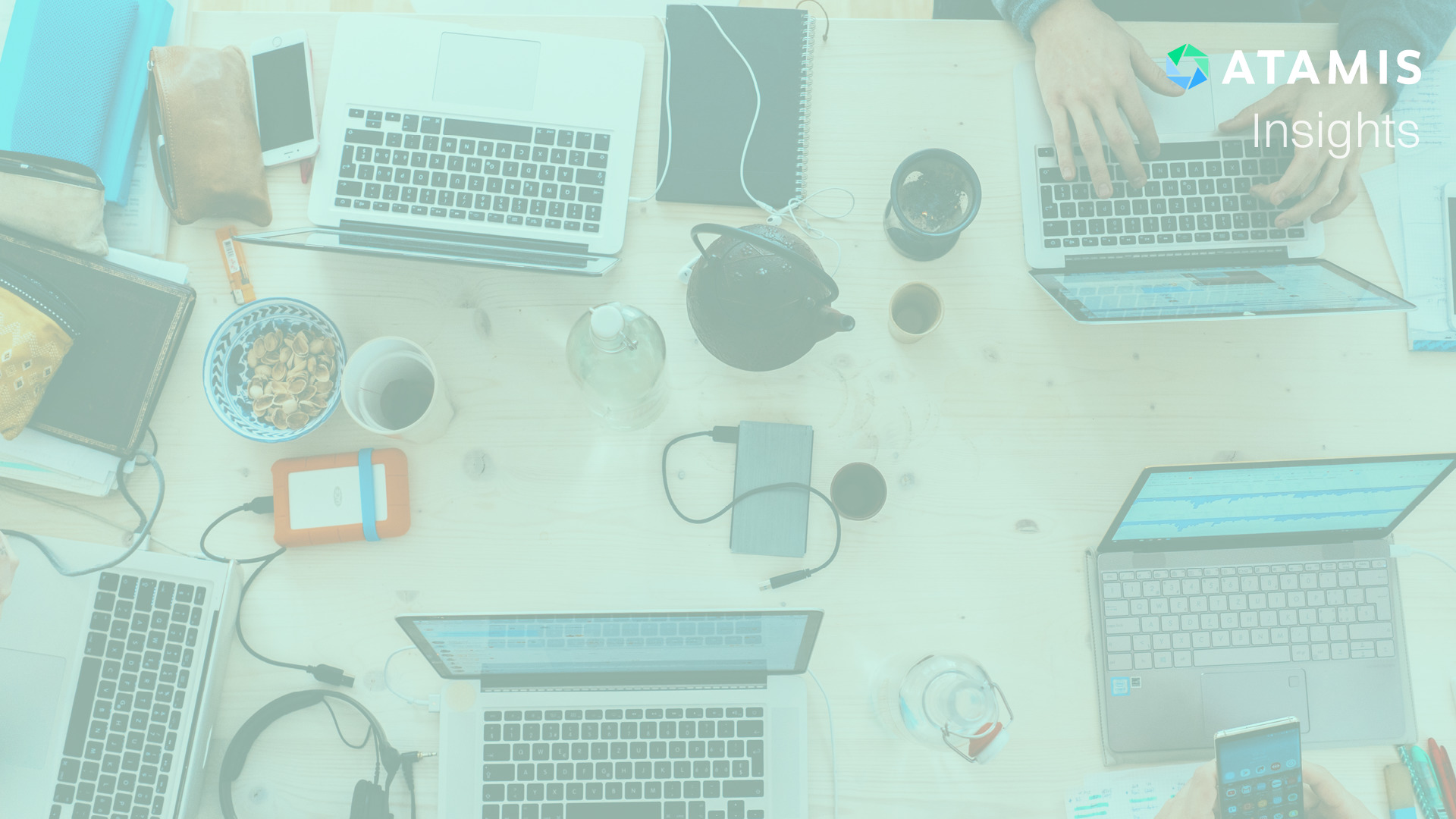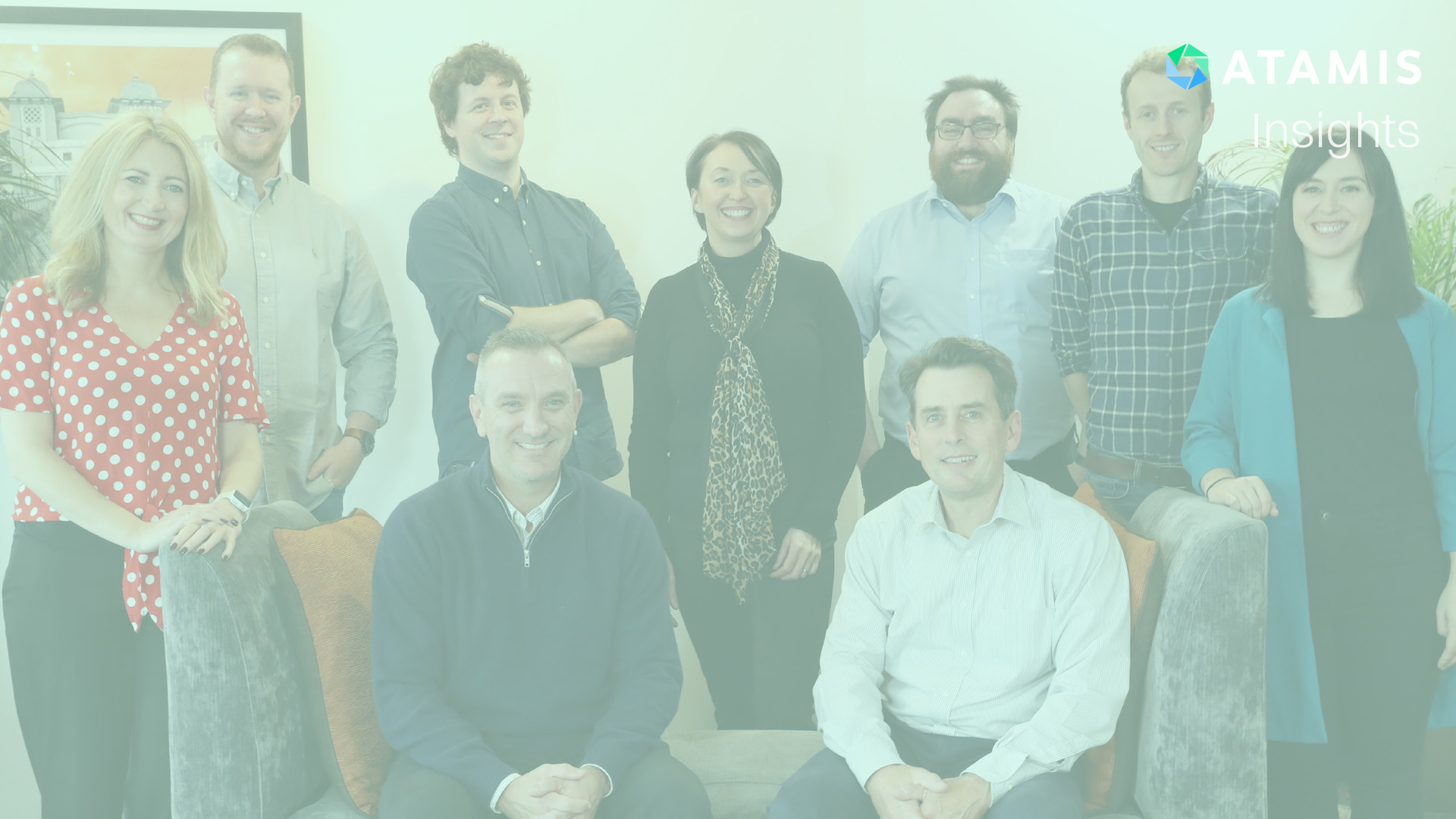“It’s been a year of navigating a lot. We’ve heard of adapting to rapid change from some of our guests, proving once again the importance of strategic decision-making, but also how procurement can be such a success and help the success of an organisation.”
In this special Christmas episode of Powering Procurement, hosts Sian Lloyd and Gareth Burch count down the 12 biggest challenges procurement professionals faced in 2024. With festive cheer and expert insights featuring John Wallace, Kate Stavrides, Emma Scot, and Filip Leonard, they tackle the year’s most pressing topics, from navigating the complexities of Transforming Public Procurement (TPP) to embracing AI and automation and strengthening supplier relationships.
If you enjoyed this episode, make sure to subscribe, rate and review on Apple Podcasts and Spotify; instructions on how to do this are here.
Find on Spotify
Find on Apple Podcasts
Watch on YouTube
Are you looking for procurement software designed with you in mind?
Speak to our team today about transforming your procurement function.
Get a Demo
Read Full Episode Transcript
Read Full Episode Transcript
[00:00:00] Sian Lloyd: The Powering Procurement podcast is brought to you by Atamis, sourced to contract software designed to save you time and money. Hello, and welcome to Powering Procurement, a Hello, and welcome to Powering Procurement, a podcast by Atamis, where we unpack the world of procurement and supply chain management with the help of leading experts. I’m your host, Sian Lloyd, and this is the Atamis resident expert, Gareth Birch.
[00:00:28] Gareth Burch: With nearly 20 years of experience in procurement, I may be billed as the expert. But believe me, I’m here to learn too.
[00:00:36] Sian Lloyd: Each episode with our expert guests will see us diving into the world of procurement, understanding the opportunities and challenges facing the sector.
[00:00:45] Gareth Burch: And we’ll explore easy wins and longer term strategies to help you rise to the challenge of driving value through your work while showing the power of procurement.
[00:00:56] Sian Lloyd: So let’s get started. Welcome to Powering Procurement. Now this is a very special episode because it’s our Christmas special, and, well, you’d never have guessed it, would you, by our Christmas jumpers? Gareth, let’s take a look at yours.
[00:01:12] Gareth Burch: It’s the Christmas tree.
[00:01:15] Sian Lloyd: Very, very fetching. Now you’ve heard of the 12 days of Christmas, so we’re going to be looking at the 12 days of procurement.
[00:01:24] Gareth Burch: As the year draws to a close, it’s the perfect time to reflect on the 12 biggest challenges facing procurement professionals throughout 2024. It’s been a busy and often challenging year, so let’s kick off with our countdown.
[00:01:40] Sian Lloyd: So let’s look at these challenges, the 12 challenges in reverse order. And in at number 12 is the snap election. So we had the snap election in July 2024. Geth, why particularly was this occurrence then? Why wasn’t it challenged for the procurement sector?
[00:01:58] Gareth Burch: I think it’s the unexpected call. And a snap election affects not just the public sector, but the private sectors as well. And when you start looking at the level of uncertainty, um, especially with significant projects like transforming public procurement, AKA TPP, there’s a lot of issues potentially within that, um, a lot of planning, both public and private sector behind the scenes. And now we don’t know what’s gonna happen.
[00:02:28] Sian Lloyd: So there was the new go live date then that was issued around TPP. So as you were saying, you know, a lot for people to think about there. Besides TPP, were there any other impacts from that snap election?
[00:02:43] Gareth Burch: Yes. And a lot of it comes down to uncertainty. Traditionally, a change in government, um, or an election period creates a a slowdown period. That slowdown period then has a knock on effect into the, uh, the economy, and, actually, decision makers aren’t willing to make a decision until they have a level of certainty. And what we’ve what we see from a procurement perspective is things naturally slow, but then once, uh, completed, accelerate again. And it just creates that dip within a procurement cycle, unplanned, and more pressure on procurement teams to manage through a period of unknown, which is not as easy as it it sounds because you have third parties you’ve got to work with and contracts due to expire, and within public sector, the process to follow.
[00:03:37] Sian Lloyd: So that certainly kept people on its toes in at number 12 there. Let’s take a look at number 11. So choosing an east end of procurement software partner, we know that’s really important, don’t we? And choosing a software partner is number 11 on the list. Why is that so important?
[00:03:55] Gareth Burch: More and more procurement functions are moving away from manual processes and using spreadsheets, looking for solutions which can be configured to meet their procedures and their needs to help drive more efficiencies.
[00:04:10] Sian Lloyd: So change that on the way. What should the teams be looking at when they are looking to choose the right software?
[00:04:18] Gareth Burch: For me, it comes down to the individual needs, um, and the problem you’re trying to solve. So for me, very much, what’s that pain point? Um, and pain point is probably the right terminology, but technology drives efficiencies and effectiveness of teams. So if you’re looking at the planning, the tendering, or just the contract management, it’s documenting those pain points to help you identify the problem. But at the same time, understanding how technology can adapt to meet your procedures so you’re not making too much change in one go.
[00:04:55] Sian Lloyd: And, really, we’ve spoken quite a lot about technology and the importance of using it on the podcast series to date, haven’t we? It’s been one of the key themes, I that’s come through.
[00:05:04] Gareth Burch: No. And I think it’s always going to continue to be a key key key theme for many years to come. Uh, the more we are introducing new functionality and new technology, the more it gets better.
[00:05:18] Sian Lloyd: Well, that’s a good positive. So let’s take a look at what the 10th biggest challenge was for the procurement industry over 2024. And it’s another term that you’ve been talking a lot about, Gareth, and that is risk management.
[00:05:35] Gareth Burch: Yes. I don’t think there’s any way risk can be up there, to be honest with you. Um, there is so much risk facing procurement supply chains, um, and has been for a number of years now. It’s gone from something which sat in the background to something very much at the forefront now. And as the world continues to throw up unknowns, it’s just again, another one which is, I think, is always gonna be there.
[00:06:04] Sian Lloyd: Absolutely. And, you know, we we were smiling there and chuckling there just because we’ve spoken about it so much, but that is not to underestimate, you know, what a big challenge this is. What do you think are the top factors that do really keep risk management, you know, at the top of the list for people’s challenges in the sector?
[00:06:27] Gareth Burch: For me, there’s multiple elements. Um, regulatory is very much one, and the potential impact regulatory change or noncompliance can cause. They then starts moving into more geopolitical areas, uh, natural disasters, and we’ve seen over probably the last 4 years, uh, 4, maybe 5 years, lots of different risk events from COVID to, uh, a boat parked sideways in the Suez Canal, and through to war. These things have a massive impact on the supply chains, and it’s really elevating profile of risk within procurement, and getting us more focused on what’s coming. And how risk potentially evolves in the next few years could be quite interesting as well, because does risk take on more of the ESG elements and focusing on sustainability? Because I think that’s that could be the right direction to go.
[00:07:32] Sian Lloyd: Well, looking back, but also looking forward there, so that’s one that’s likely to be perhaps on our list next year as well.
[00:07:40] Gareth Burch: I wouldn’t be shocked.
[00:07:42] Sian Lloyd: Let’s take a look at number 9 then. And in at number 9 on our list here, we have skill development and talent retention. And, of course, this is something that’s really close to our hearts on a podcast series. Um, it’s why we always ask our guests right at the very end why they were happy to go into procurement because we recognize it’s really important to get that positive message across. But, you know, why is that such a challenge still?
[00:08:10] Gareth Burch: I think it’s, um, it’s an issue which affects all sectors. It’s not a sector, uh, specific issue. Um, for us, it’s how you identify talent within procurement, how you bring talent through, how you educate talent, and, most importantly, how you retain talent. There’s definitely a shortage of procurement professionals, and it’s how we how we promote the profession correctly to try and retain. Although I’m probably the worst person to speak about that because I have moved slightly from the procurement profession to support the procurement profession.
[00:08:46] Sian Lloyd: Well, you’re still in the procurement profession. We’ll give you that one as a positive, Gareth, thankfully, um, and it’s one certainly that our guests have spoken a lot about. And we can hear now from John Wallace, director of procurement at Clarion Housing, who’s featured as part of the series. And this is what he told us at the end of his podcast.
[00:09:07] John Wallace: The procurement for me is you spend a lot of your life working. And and, actually, procurement gives you every aspect of an organization. You are you know, we we work across every directorate, every specialism. Um, we’re engaging with with, um, with people across the whole business. Um, we are developed we have to have technical skills to understand what we’re buying for people. We have to have commercial skills, yeah, so that we can get value for money as well. So and and I’m not even sure you get that that opportunity in any other role, actually.
[00:09:43] Gareth Burch: It was great having John on the podcast and great to hear back because I think John makes such a valid point. Procurement, you are working across the business. You’re interacting with various levels of stakeholders, both, uh, up and down and across, and it’s a great insight he brings with that.
[00:10:03] Sian Lloyd: Absolutely. That’s certainly what I’ve picked up. I think one of the many things across the podcast series so far is just how diverse the range is. So, yeah, absolutely great to hear from him again. And, of course, all of these podcasts are still available online for you to listen to. Let’s go to number 8 on the challenge list, and that is cybersecurity and data privacy. More and more procurements and procurement functions moving online, of course, data protection, I suppose, Gareth, then becomes a bigger concern.
[00:10:37] Gareth Burch: Oh, definitely. It’s one where it continues to grow. Um, procurement act as, uh, a gatekeeper through that onboarding process to support teams such as InfoSec and, uh, data protection teams to capture the right information to make the right assessment. But as we improve, so do the threats.
[00:11:01] Sian Lloyd: And perhaps talking about threats, is it or not? AI, I mean, how will that impact data protection?
[00:11:10] Gareth Burch: I and this is one of the many things, to be fair. It’s how AI cannot just help procurement, but the risks of it. And the AI technology and the use of the AI technology, if it is if you don’t have certain, um, security layers in place, data could very easily be exposed. And if that’s exposed, how far or how publicly available is that data which could be used by threats potentially from an infosec perspective.
[00:11:43] Sian Lloyd: Lots to think about on that one. Let’s move on to number 7. And, um, number 7 on the list of challenges for 2024 were certainly rising interest rates, something really that never leaves a list of challenges. But it’s number 7 in this year because procurement teams really have had to refine their financial strategies, haven’t they? Um, and we heard about it on the podcast series. There’s a higher cost environment at the moment and has been.
[00:12:19] Gareth Burch: No. Definitely. And you look at it, and inflation, um, and interest rates, all of that going up has direct impact to businesses also trying to reduce cost. It’s very difficult for decision makers then when coming into the procurement process with selecting the right deals. Um, often what we would we try and do is have a the best deal possible for not just us, but the supplier in a win win scenario. But when you start looking at it, the win wins potentially may not or sorry. The external influence of the interest rates may not drive the win win. And if both companies are trying to reduce cost, how do we then come to the right, uh, agreement to take his work forward and work in a collaboration? And it almost pushes us back into a behavior we’ve talked on the podcast before, where we’re going against collaboration, against working with the supplier to back to our individual needs of driving cost, because of things which are very much outside our control.
[00:13:27] Sian Lloyd: It’s a really interesting thought because, actually, number 6 on the list is strengthening supplier relationships. So building those strong relationships, you just mentioned it there. We’ve spoken about it quite a lot with some of our guests. Building those strong relationships with suppliers can be absolutely vital, um, and the need to do that And the challenges around that, though, is sitting quite squarely at number 6 on this list.
[00:13:57] Gareth Burch: No. And you’ve you’ve got to when you look at the challenges, you’ve got to appreciate the level of, um, difficulty this can have. So from what I’ve mentioned, uh, within the interest rates of collaboration, the win win, working closer with suppliers to to drive innovation. But organizations may not support that, um, that mentality, not because they don’t want to, because their structure doesn’t support it. So often, you see, um, procurement functions either set up centralized within sourcing or at and contract management is decentralized. Procurement may provide that guidance, and this is the policy, these are the procedures. And then you have all the other business areas managing those relationships, but they’re doing it while doing their day job. And suddenly, the areas we’re trying to promote, we may not have the control to improve. And you it’s such a difficult world, especially when you bring risk management in as well, because we’re putting more pressure on suppliers. We want to work closer with suppliers, but suppliers may just see it as a bit of a one way system. And if we don’t have the right teams collaborating with them, um, and it’s not potentially the people. It’s the teams. How are we then going to promote effective and strong supplier relationships?
[00:15:24] Sian Lloyd: Really interesting. A great point, I think, and and also interesting how lots of the different challenges sort of intertwine and and interlock. There’s a lot of crossover, isn’t there, really, with a lot of these challenges on the list? And really saying that at number 5, it’s not 5 gold rings here. It’s AI. No shock was probably that AI, um, is on the list here. Um, it’s made, well, embracing automation a top focus, particularly, um, generative AI. And you spoke about AI a little bit earlier, I know, but in its own right, in the number 5 slot, you know, just how much of a challenge is it?
[00:16:08] Gareth Burch: Oh, it’s I suppose the challenges, it would be a game changer. So, actually, early adopters could see huge results, but the challenge then comes down to back to risk management, infosec, and very much how you can maximise and harness AI to help the team. And I think it the key phrase, though, is help the team because there’s a lot of uncertainty still within procurement with AI taking my job, and that’s not what it’s for.
[00:16:40] Sian Lloyd: And we did hear that, didn’t we, particularly from one of our guests during the course? Uh, well, actually, a number of our guests. It was something that that struck me. We’ve also spoken about economic pressures as well. You were saying about some people being early adopters. Might that be because of the economic pressures and supply chain pressures that we’ve seen in disruptions? Could that actually be pushing some people more into AI?
[00:17:08] Gareth Burch: No. I think you’re right there. Um, these challenges, um, we have to have a solution for, or we have to be looking at solutions for. And we talked on talent as well. There’s a shortage of talent. When there’s a shortage of talent and there’s issues, how do we resolve the problem? We have to look at ways. I think AI is a fantastic way to do it, but I do think it’s knowing what you want to get from AI as well. So, yes, we want to respond to challenges. Is it AI or is it automation? And there’s a blurred line between the 2, and we see it from, uh, market research we do, that blurred line. But actually, automation and AI could be such a powerful tool for procurement if used correctly. It allows us to potentially take more administrative work away from the team, elevate the team, and give them more time to focus on the right areas. And that could be risk mitigation, risk management, supply collaboration, because they’re not having to get their hands into the into the dirt on more administration activities, which AI could support with.
[00:18:24] Sian Lloyd: That’s a really good point. And, again, another really good positive point, Gareth, when we’re talking about these challenges, which is what the podcast, Power and Procurement, is all about, isn’t it? It’s giving solutions as well as really tackling some of these issues head on. So let’s go to number 4 on the list, and that is sustainability and ESG. So no surprise, I guess, there either because we’ve spoken about this quite a lot. Um, there’s definitely an increased pressure requirement, I would say, now, really, that we know to prioritize environmental, social, and governance, which is ESG standards, across, really, the procurement function. Um, we’ve heard about people wanting to embrace this, and we’ve heard about this being a key priority for a lot of our contributors, but it is certainly a challenge on the list.
[00:19:19] Gareth Burch: Yeah. And more and more procurement functions are building this into their sourcing and decision making processes, which is amazing, because it demonstrates procurement are bought into it. But it there is that challenge with, although bought in, how do we give the right focus and time? And I think this is where we kind of look at some of the other challenges coming back through and saying, these these points help promote ESG and sustainability. For me, I think one of the biggest things really is people having a good understanding of scope 3 emissions as well. It’s a difficult ask. It’s a difficult challenge, and how you maintain that view. And we’re hearing more and more of people setting, um, company targets which affect individuals’ bonuses based on carbon reduction lands, which is fantastic. But then, actually, do you have the real time information? Are the right levers being pulled at the right times to support, um, to support that reduction in scope 3 and prevent greenwashing. And this is the stuff which is really of interest right now because, again, it’s more pressure within to a within a procurement function to not tick a box, but to drive additional value in another area.
[00:20:48] Sian Lloyd: Mhmm. Absolutely. And, um, we can play a clip now back from episode five, and that was when we spoke with Philip Leonard, uh, group head of supply chain and procurement at Maximus UK. He took us right back to the beginning, really, um, about how he and his team had actually started visualizing their scope 3 emissions.
[00:21:11] Filip Leonard: Well, we’ve started really simply. So we didn’t really know what our scope 3 missions were. So we’ve used the Optimus platform to just ask the supply chain some pretty simple questions about where they are, what they do, what that looks like for them to understand the maturity of our supply chain. We’ve also got a fantastic team at Maximus who’ve done quite a lot of analysis of our purchased supplies and goods to identify, you know, the latent carbon in laptops right through to where we think our hotspots are. And then we put together a plan, and we’ve not finished this by any sense. I mean, we had a meeting about this just yesterday with the team about how now our category plans have taken this data that we’ve recovered from suppliers around where they are in their carbon journey, where we think our hotspots are in terms of, um, carbon, and we built that into our procurement, uh, pathways and procurement category plans to identify, okay, when are we gonna re reprocure this item? Because it’s a, you know, it’s a huge, huge, huge, huge impact. So how are we gonna address that? Are we gonna do it through a reprocurement engagement? What does that look like? More market analysis. So all of our category plans now have a road map for dealing with scope 3 based on the hotspots, based on the information that we’ve, you know, received from our suppliers.
[00:22:30] Gareth Burch: Listening back to Philip’s, uh, clip, it’s amazing to hear because this is a moving target, and it will continue to be a moving target. It’s massive. You talk look at his journey there, that his journey talks around supplier due diligence, spend data, carbon emission data, category strategy plans, and that’s no easy task.
[00:22:55] Sian Lloyd: No. Absolutely. Put it really well, didn’t he? And he certainly got us thinking during his podcast. Yes. Let’s go to number 3 then. We are in our top 3 challenges of 2023, and that is supplier resilience. In at number 3, and well, let’s start with hearing from someone else on this because we’ve got a clip on the very topic.
[00:23:18] Emma Scott: Hi. I’m Emma Scott, head of content at CIPS. And it still remains that procurement and supply professionals are operating in such volatile and uncertain times. So it comes as no great surprise that geopolitical risk, inflation, and labor shortages remain top of the list of factors impacting shortages in supply according to the SIP’s global state of procurement and supply report launched earlier this year. There’s a greater need than ever for supply resilience and the need to invest more resources into robust supply relationship management processes. A topic that Gareth and I have discussed at several SIPs events and webinars over the last few years. So it’s great to hear that you’re discussing it on your podcast today.
[00:23:58] Sian Lloyd: So, Gareth, you and Emma have spent a lot of time talking about this, I know, throughout the year. What exactly does supply resilience mean then?
[00:24:07] Gareth Burch: Yeah. And it’s not just that not just this year. No. So for very much, supplier resilience is being able to have an incident and your the supply chain not impacted or the impact received by the business is less than it would be. So when you cast your mind back to COVID times, what you found was supply chains were 1 to 1. You’d have a single supplier providing you the service. That supply could be based, um, in the other side of the country. It could be manufacturing, and it can’t be done because you can’t take people to the office. So suddenly, you lose your lose a key supply within your supply chain, and you can’t deliver your end service. Um, it’s one where as you start oh, again, kind of linking back to risk, to be fair. When you start looking at some of these things, it it’s really elevating, and it’s gaining more traction. Within financial services, they’ve done a lot of work in this area as well, and that’s on the back of an incident within, uh, Italy a few years ago where a bank lost its payment card provider, and you couldn’t get money out of the, um, cash points. So these things now are becoming more notable, and they’re becoming a big risk to businesses. So it’s it’s about how we how we reduce the risk, how we spread the risk, and spreading the risk is probably the right way within the resilience network. It’s actually if people as if supplies don’t have a certain level of resilience, we spread the risk over more than 1 supplier. And, yes, it creates a little bit more work, and, um, it can create and not foster collaboration, but it doesn’t impact your end service and your end deliverable to your customer. And this is one of those big risks, um, at the moment, um, which, as Emma called out correct correctly, is linked to natural disasters, geopolitical events, and the impact to businesses is is massive.
[00:26:22] Sian Lloyd: A really, really important one. Um, so that was number 3, and we’re gonna go to well, if I can call it the runner-up in the list. I don’t know about that. It’s certainly number 2, and that is cost management. Um, we know and we’ve discussed, and you’ve certainly made this point, Gareth, that there’s a lot more to procurement than cost control. I know that you’ll be really passionate about that when you’ve been talking about it. However, we also know that costs seem to be increasing. Um, due to that, a balance has to be struck, doesn’t it? Um, how do you strike that balance? You know, maintaining quality but securing cost effective suppliers and supplies. Is that really why cost management is number 2 on the list?
[00:27:11] Gareth Burch: I think it really is up there. And as much as I I try to promote the term value, I do think, uh, the last 12 months has focused on cost opposed to value. And I think the next 12 months, unfortunately, is going to be the same. And a lot of it is very much comes down to the business. Um, the business is there, at the end of the day, sounds horrible now to make a profit. However, if we don’t control our costs, it means our goods or services are more money to the end consumer. And for us to actually reduce our costs has a massive impact to our client to our end consumers, to, um, potential shareholders, to investors, etcetera. So it’s this very difficult balance because things outside of our control focus put us into a cost focused, uh, view. But a value focused view starts looking at ESG, environmental, um, additional services, innovation. And these things are really where procurement can be that game changer, and can be that catalyst to drive better solutions back to the business. But when you have things outside of your control, and it comes back to cost each time, it becomes a very difficult ask. Um, and procurement teams naturally just get drawn back into cost reduction, and cost avoidance, and you’re in the pounds and pence. Um, yes, procurement are great at it. It’s where we’ve come from, but we’ve got to be thinking of the future. And I think at the moment, you look at, um, the pressures faced this year, you look at the, um, the budget challenges set this year into next year. They a lot of this comes back to cost focused deliverables for procurement. And I think unless procurement build, um, into their sourcing processes, elements like ESG, carbon reduction, I’m worried these things take a back seat.
[00:29:27] Sian Lloyd: Well, you know, I think it’s been one of the biggest takeaways I’ve taken from the podcast series so far is this very fine balancing act that procurement teams have to takeaways, and you put it really eloquently there of actually the situation. You know, what what is the deal for people, quite frankly? So that was number 2. So now it is the big one. It’s number 1 on the list of challenges for 2024, and, well, we sort of knew it would be, didn’t we? It’s TPP.
[00:30:03] Gareth Burch: Yes. And we have another message, uh, this time from the Atmos product manager Kate Stedridis, and her take on why TPP is on the priority list.
[00:30:14] Kate Stavrides: At Atmos, we’ve been working closely with the cabinet office as an e sender to make sure we’re in the best position possible to support our public sector clients and those that work in regulated industries through to the go live of TPP and beyond. It’s been a big bit of work, but it’s been great to see the team at Atasmus embrace the project and the development work that we’ve needed to do to prepare our solution to meet the needs of our clients in the post go live world. Now we’re just excited to see the innovation the new legislation will bring for procurement across the UK. So I think it’s right that TPP features high on your list of key challenges of 2024. But, hopefully, as we look to 2025, it will bring major opportunities as well.
[00:30:54] Gareth Burch: It’s great to hear from Kate. Um, Kate’s a great person and a great part of my team and has very much been in the depths of TPP this year. Um, where TPP very much is our number one, um, I think it’s worth calling out as well, uh, wider regulatory issues this year as well, because TPP affects a very large proportion of procurement professionals, but there’s other regulatory change which has come in affecting financial services. And I think regulatory issues are always going to be up towards the top spot. Um, it’s interesting hearing, uh, sort of Kate’s positive rap in regards to innovation it’s going to bring, and it echoes the messaging from, uh, Lisa Stubbs when she was on the podcast as well. It’s very much yes. It’s difficult. Um, yes. Time frames are tight, but the outcome looks to be very positive and help support and drive innovation for procurement. Um, I don’t think there’s any way this couldn’t be a a top, uh, item for our podcast and the top 12.
[00:32:08] Sian Lloyd: Lovely. That’s a great cut point there because that I think you rounded that up. Well, that is the end of our 12 biggest challenges facing procurement professionals in 2024. And it certainly has been a year of navigating a lot, hasn’t it, Gareth? I mean, we’ve heard of adapting to rapid change from some of our guests, um, and, really, I think, proving once again the importance of that strategic decision making, but also how procurement can be such a success and help the success of an organization.
[00:32:42] Gareth Burch: Oh, definitely. And we’ve got some fantastic episodes already lined up for the new year.
[00:32:49] Sian Lloyd: Absolutely. I’m looking forward to those. And, also, let’s really say a huge thank you to everybody who’s appeared on the podcast series so far. They’ve all been fantastic, and I think really had a lot of different things to say about procurement as well. But thank you to everyone who’s tuned in so far. You know, we’re it’s great to hear that you’re enjoying the podcasts.
[00:33:12] Gareth Burch: And we will see you in 2025.
[00:33:16] Gareth Burch: That wraps up this episode of Powering Procurement. We hope you enjoyed that as much as we did.
[00:33:22] Sian Lloyd: Visit our website at atamis.co.uk or follow us on LinkedIn to continue the conversation.
[00:33:28] Gareth Burch: Remember to subscribe on YouTube and follow us on Spotify, Apple Podcast, or wherever you choose to listen.
[00:33:35] Sian Lloyd: Thanks for joining us, and see you next time on Powering Procurement. The Powering Procurement podcast is brought to you by Atamis, source to contract software designed to save you time and money. Choose the apps you need from pipeline and tender management to supplier and contract management. Get the tools to power up your procurement. Visit atamis.co.uk to learn more.
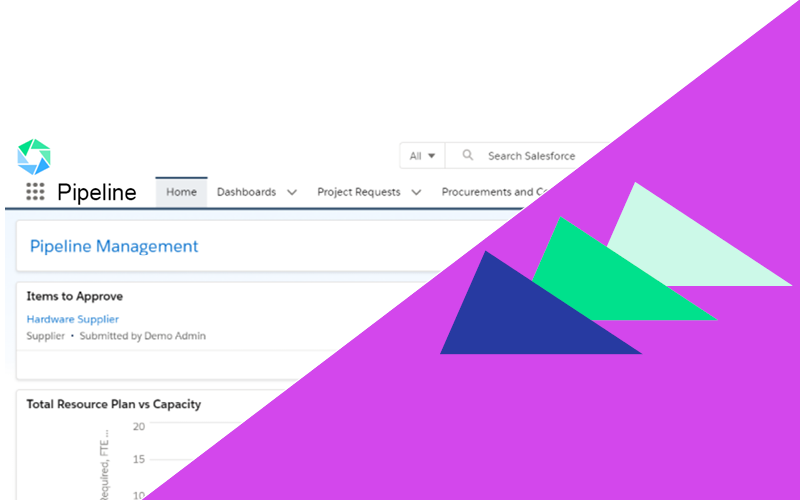 Our Pipeline App empowers your team to plan ahead and forecast for upcoming procurement activities.
Our Pipeline App empowers your team to plan ahead and forecast for upcoming procurement activities. 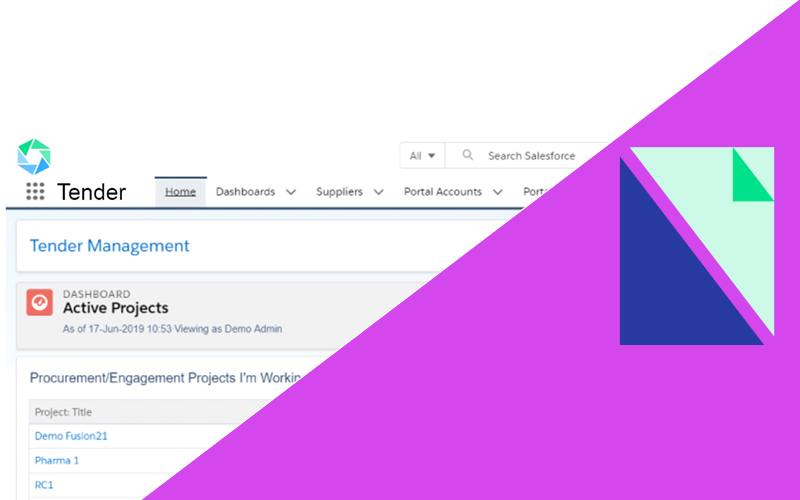 The Tender App allows your team to visualise all sourcing activities within your Atamis platform, from issuing tenders to receiving bids.
The Tender App allows your team to visualise all sourcing activities within your Atamis platform, from issuing tenders to receiving bids.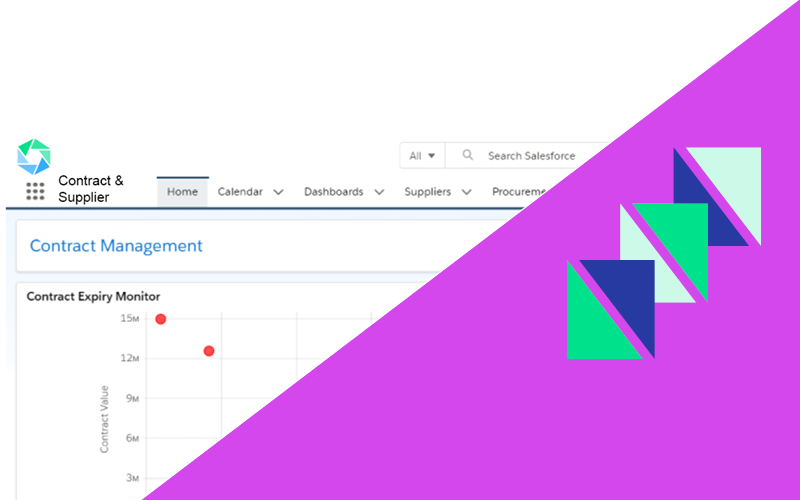 Our Contract & Supplier App puts your team in firm control of your key supplier relationships and provides a central repository for all contracts.
Our Contract & Supplier App puts your team in firm control of your key supplier relationships and provides a central repository for all contracts. 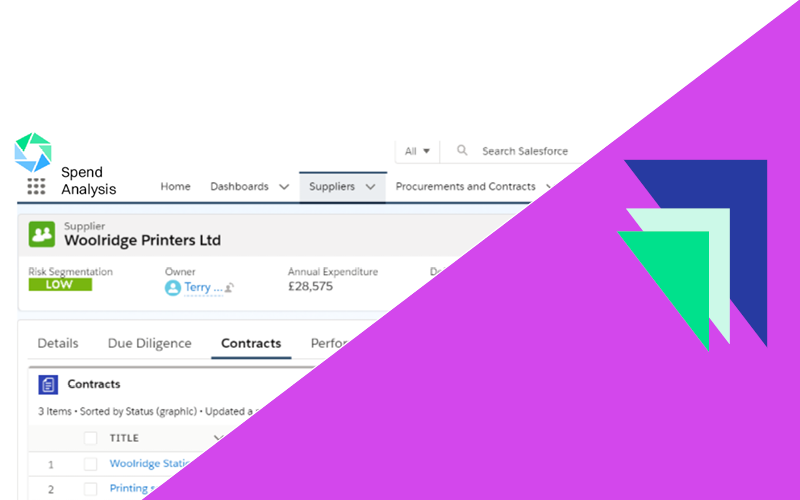 Our Enhancers ensure your solution is tailored to your needs. Pick and choose additional functionality that fits your requirements.
Our Enhancers ensure your solution is tailored to your needs. Pick and choose additional functionality that fits your requirements. 

